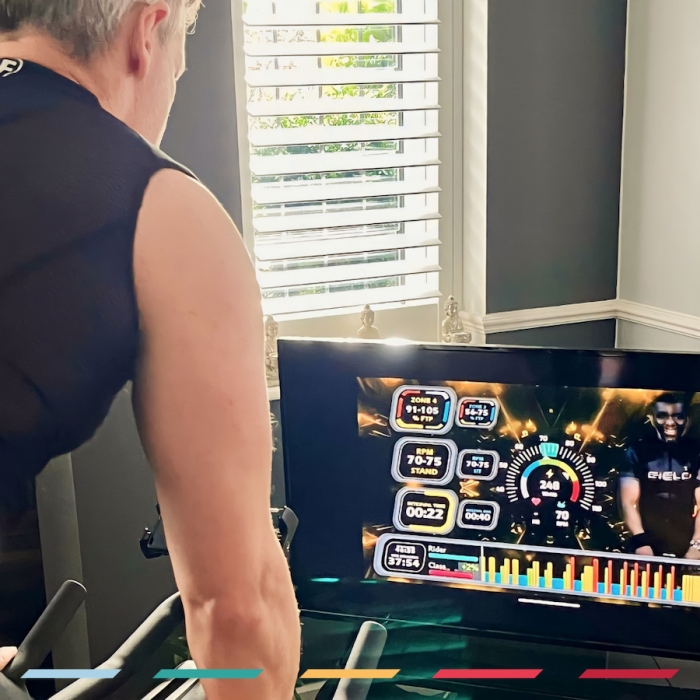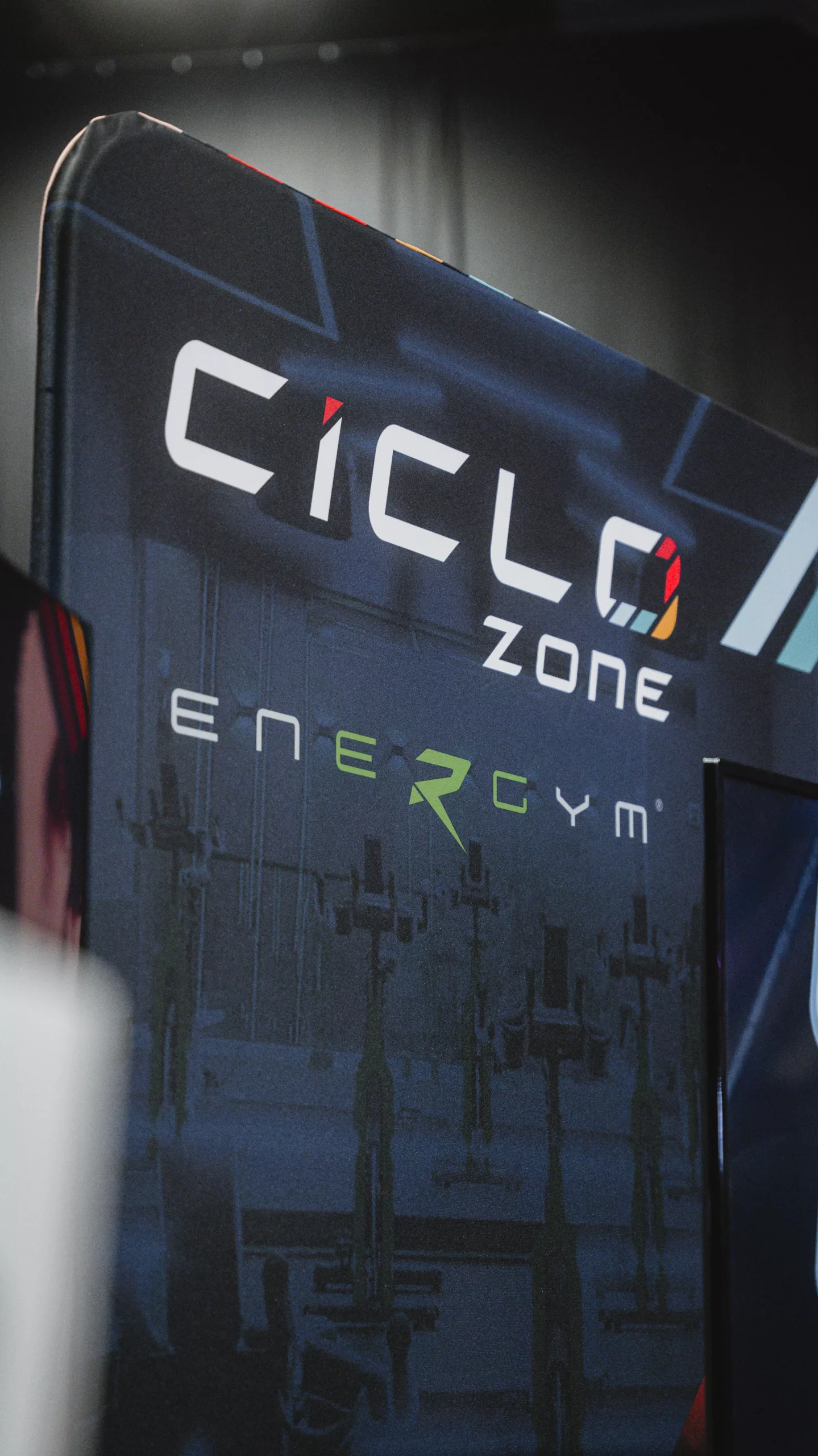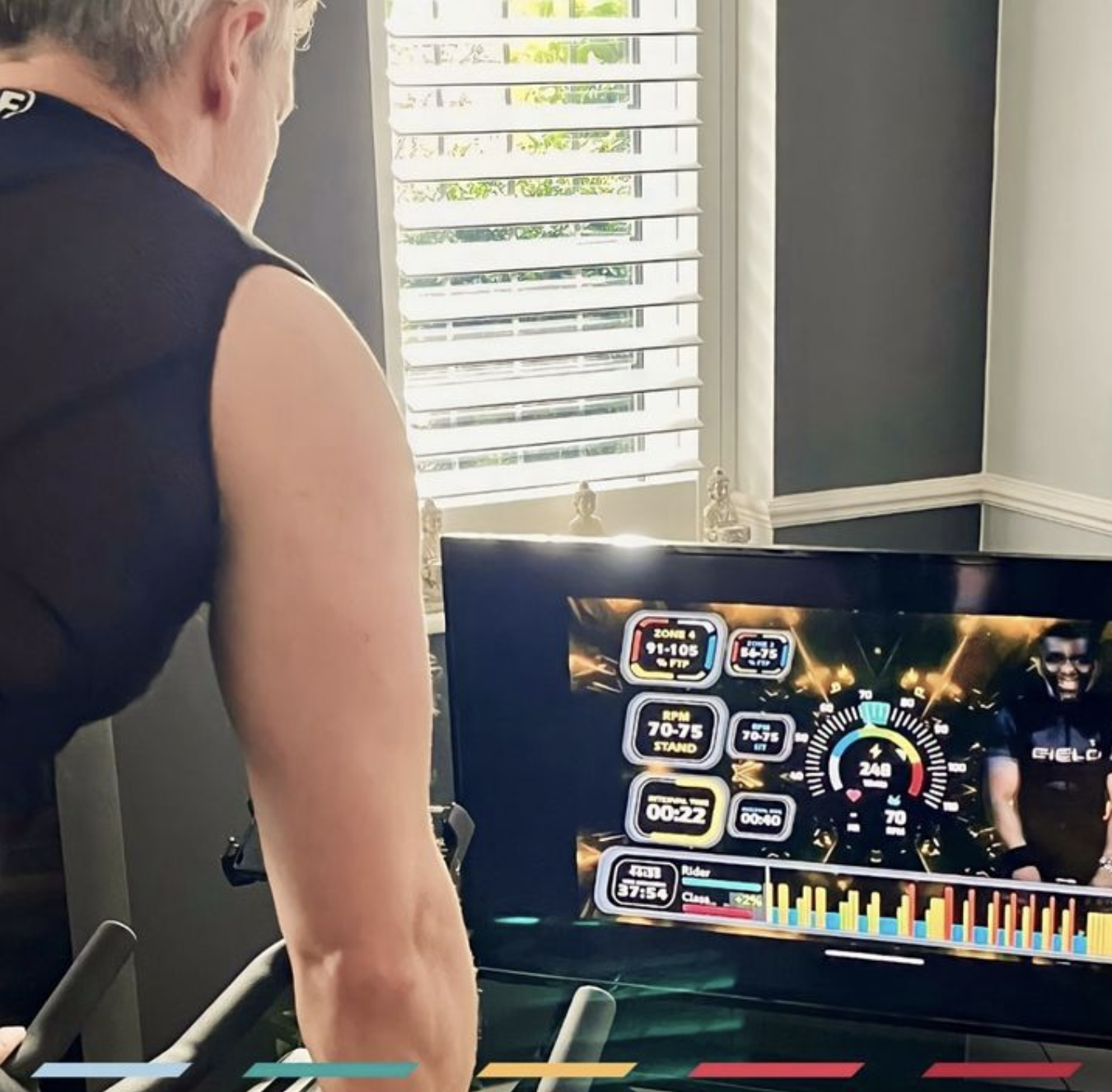As a passionate advocate of indoor cycling, and the obvious benefits that can be achieved by training on a bike , I must say that the rise of non-traditional indoor cycling has left me scratching my head. It seems that people these days are more interested in dancing on a bike than actually cycling!
So, the art of non-traditional indoor cycling, where do I even begin? It’s more of a dance party on a bike, with flashy lights, silly arm movements, loud music, and a whole lot of “woohoos” and “yeahs.” But let’s be real here folks, it’s NOT cycling. Not even close. In fact, it’s more like a Zumba class on wheels than anything resembling a true cycling workout. So why do so many people love it? Well, I’ll tell you… and hopefully make you giggle at the same time.
First of all, let’s get one thing straight: there’s nothing wrong with a good dance party. But when you’re paying good money for an “indoor cycling” class, you expect to get a workout that actually resembles cycling, right? Not some watered-down, disco-infused version of it. Imagine that weekend warrior cyclist, who has taken the plunge to join his local gym this winter and has decided to stay within his ‘comfort zone’, to begin with by signing up to the Friday night ‘indoor cycle’ class with Cheryl. He turns up nice and early to clip in his Shimano SPD cleats and get at least 15 mins extra warm up into his legs while connecting his Bluetooth HR sensor to his Garmin app when he is surrounded by other class participants sporting illuminous face paints and glow sticks. Have they double booked the cycle studio with the Zumba class? Suddenly the penny drops and he realises his worst nightmare is about to happen, Cheryl is a dancer on a bike! Now this is about as bad a situation as it gets for a cyclist, I mean a real cyclist, because cyclists love to cycle and once clipped into a bike it’s almost impossible to bail. But by Christ this is about as close as it gets. I mean, if I wanted to dance, I’d go to a club, not a cycling studio. I mean it does say Cycling Studio above the door. It’s a contravention of the trades description act isn’t it? Surely! Poor guy.
Now, I get it, cycling and cyclists are terrifying aren’t they? And this results in some people being intimidated by traditional indoor cycling classes. They’re afraid they won’t be able to keep up with the rest of the class or that they’ll look silly in front of everyone. This couldn’t be further from the truth. Professionally created and intensity profiled indoor cycling classes are more about making sure you don’t overwork yourself as they are about competing with anyone. It’s simply the fact that on average, the depth of cycling knowledge, in general, in your local indoor cycle studio is about as deep as the puddle of sweat next to the bike after a session. This is basically the fault of bike suppliers, educators and gym owners who simply see the ‘bang a few tunes on and whoop and holla’ option a cheaper and simpler way to deliver a cycle class even though it’s just not going to give the rider even a fraction of the results you could achieve under the guidance of an instructor who knows even the basics of what they are doing. It’s a simple case of lack of knowledge and understanding that has resulted in the proliferation of non-traditional cycle classes… making the bones of Jonny G and the advocates of Mad Dog athletics and the Spinning program shudder in their cleated shoes. It’s the perfect workout for dance instructors to teach and earn a few extra quid after they have just delivered their Zumba sessions and a great option for group ex-coordinators who can’t find or don’t know how to find a decent indoor cycling instructor. Let’s not kid ourselves though, the major negative to a non traditional indoor cycling class is that it actually alienates real cyclists and it is not really a physical workout. It’s just a lot of bouncing up and down on a bike while waving your arms around. And don’t even get me started on the “tap backs” and “push-ups” that have somehow made their way into these classes. Last time I checked, those weren’t cycling movements and involve more contraindications than your dad dancing at a family party.
What’s with the over-the-top enthusiasm? I mean, I get it, the instructor wants to motivate you, but do we really need to shout “woo!” every time we stand up on the pedals? Let’s not forget the obligatory “yeah!” that gets thrown in every five seconds. It’s like a never-ending party where the music is so loud you can’t even hear yourself think, let alone focus on proper form.
Speaking of form, that’s another thing that’s completely ignored in non-traditional indoor cycling. Sure, you might be burning some calories, but are you really working your muscles in a beneficial way like you would in a traditional cycling class? Doubtful. In fact, the constant bouncing up and down can actually cause more harm than good if you’re not careful, especially for those with little or no resistance controlling that wildly out of control 20kg flywheel. And let’s not forget about the potential for injury with all the arm waving and crazy movements that have nothing to do with cycling. I’m surprised no one loses an eye!
But hey, at least you’ll look cool doing it, right? I mean, who wouldn’t look good doing a press-up on a bike, out of the saddle at 120 rpm…??
Now, don’t get me wrong. I’m all for having fun while you exercise, but when people start thinking that non-traditional indoor cycling is a substitute for real cycling, well, that’s when things start to get a little ridiculous.
Let’s start with the basics. What is indoor cycling? At its core, it’s a form of exercise that simulates outdoor cycling on a stationary bike. You adjust the resistance to mimic the terrain, pedal at different speeds and intensities, and monitor your heart rate to get an effective workout. It’s a great way to build cardiovascular fitness, strength, and endurance, all while burning calories and having fun.
But non-traditional indoor cycling? That’s a whole other story. It’s basically like going to a club, hopping on a stationary bike, and pretending you’re a backup dancer for Beyoncé. Sure, you might sweat a little bit, but you’re not really doing anything productive.
There’s no measurable progress or performance metrics. In fact, It’s a shame that the riders don’t get fed back their measurable exercise data after class because then they might see, that in terms of a physical workout, how bloody useless the last 45 mins has been.
One of the great things about indoor cycling is that you can track your progress and measure your performance. You can see how many calories you’ve burned, how far you’ve cycled, and how much resistance you’ve used. It’s the knowledge of how to profile a session in terms of resistance and RPM that optimises the return on time invested by a rider and gives such amazing results that you only get from a great indoor cycle class. With non-traditional indoor cycling, there’s no way to measure anything. You’re just flailing around on a bike, hoping that it’s doing something good for you.
Let’s be real here, non-traditional indoor cycling is NOT cycling, it’s a totally different activity that just happens to involve a stationary bike and it’s the use of the word ‘cycling’ in marketing these classes that really gets my goat. We can’t call ‘spinning’ classes ‘spinning’ anymore as it is a copyrighted brand protecting their protocols and protecting themselves from dancers on a bike telling the world that they attend a ‘spinning’ class. What a shame we can’t do the same for brand ‘cycling’. If you’re looking to get the benefits of cycling, you’re better off sticking to traditional indoor cycling or actually getting out on the road.
So, in short, if you’re thinking about trying non-traditional indoor cycling, go ahead and give it a shot If that’s your thing. You are probably the same kind of person that puts filters on your all of your Instagram photos because the fake is now accepted as reality. Just don’t expect your bike dance class to be a substitute for actual cycling. It’s basically a social club and a fun way to burn a few calories and get your groove on whilst claiming to the world that you have just been ‘indoor cycling’. Now let me remove the filter and expose the fact that you haven’t. It’s not cycling so please don’t claim to have been to an indoor cycling class or worse still, please don’t post to your Instagram followers that you are an ‘indoor cyclist’ because you are not. If you want to experience the real benefits and exhilaration of indoor cycling and if you’re looking for a real cycling workout, well, you know where to find me…




